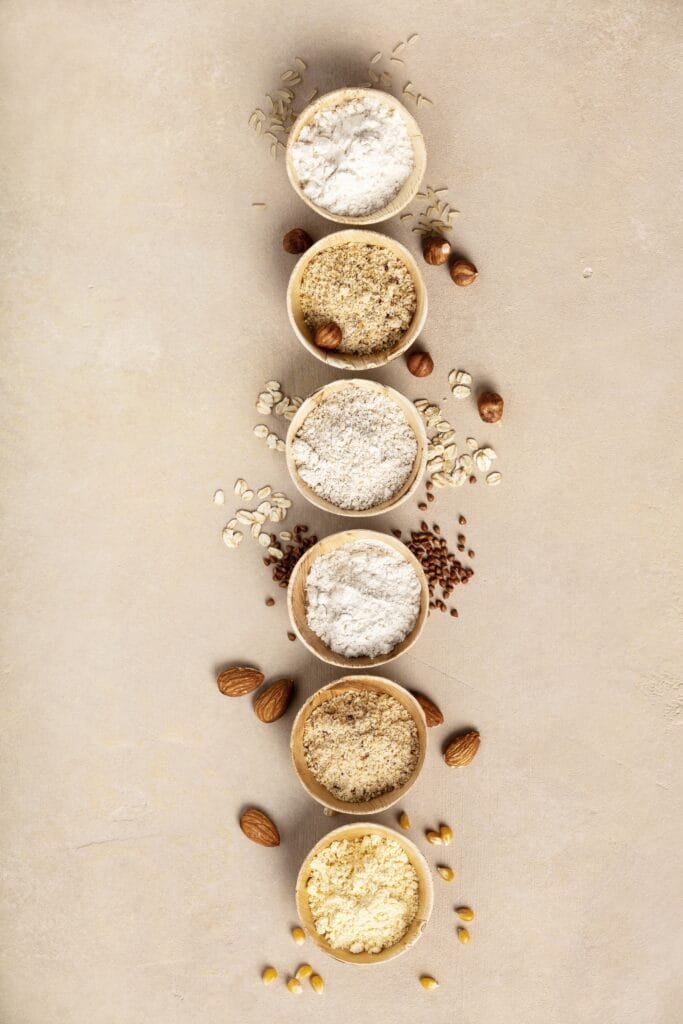
If you’re reading this, chances are you’ve recently been diagnosed with Celiac disease or gluten sensitivity—or perhaps you’re supporting someone who has. Either way, you’re probably feeling overwhelmed, confused, and maybe even a little frustrated.
I completely understand. When I first discovered gluten was causing my chronic health issues, I felt like there was nothing left I could eat. Suddenly, ordinary foods like canned soups, salad dressings, and flavored chips became suspicious. Hidden gluten seemed to lurk everywhere, and I often wished my pantry items came marked with a big red poison label—that’s exactly how my body felt whenever I accidentally consumed gluten.
Here’s the good news: going gluten-free is not about giving things up. It’s about discovering delicious, fresh foods that make your body feel wonderful again. Let me show you where to start.
What Foods Can You Eat?
First, the easy part! Here’s a simple, reliable list of naturally gluten-free foods:
If you’re just starting out, stick to these fresh, whole foods at first to make things easier.
Foods and Ingredients to Avoid (or Carefully Check)
Gluten hides in many places and can have surprising names on labels. Here’s what to watch out for:
Obvious Gluten Sources:
Wheat, barley, rye, bulgur, couscous, durum, farro, graham flour, kamut, matzo meal, semolina, spelt.
Hidden Gluten Sources:
Soy sauce (unless specifically labeled gluten-free or “tamari”), malt flavorings, processed meats (hot dogs, deli meats), sauces, marinades, gravies, soups, beer, vitamins, and more.
Common hidden-gluten ingredient terms on labels include:
If the ingredient isn’t clear, I personally avoid it—better safe than sorry!
For a detailed printable list, check out the full resource I’ve put together: What Can I Eat and What Do I Avoid?
Avoiding Cross-Contamination
One of the toughest parts of gluten-free living is avoiding cross-contamination. Even tiny traces of gluten can cause symptoms. Here’s what helps keep me safe in my kitchen:
Starting Fresh: The Simplest Way Forward
When you first go gluten-free, shopping around the perimeter of your grocery store helps simplify your choices. Fresh produce, unseasoned meats and fish, and plain rice and quinoa are safe staples to rely on. Be cautious of pre-packaged and processed foods—this is where gluten likes to hide!
The Good News
The gluten-free market has improved dramatically over recent years. Grocery stores often dedicate entire aisles to gluten-free products, clearly labeled and safe. Some might see gluten-free as a trend, but for those of us who need it for health reasons, it’s truly life-changing.
Most importantly, gluten-free living becomes second nature once you get used to it. And trust me, you’ll start feeling better quickly—better sleep, clearer thoughts, and far fewer health problems. You might even find yourself enjoying cooking more than ever before.
Ready to dive into baking? When you’re comfortable with the basics, I invite you to explore my easy-to-follow baking guide, “The Beginner’s Guide to Gluten-Free Baking“, which covers simple, delicious recipes to get you started.
You can do this—and it’s absolutely worth it!
Additional Helpful Resources:
Celiac Disease Foundation
Gluten-Free Watchdog
King Arthur Baking’s Gluten-Free Guide